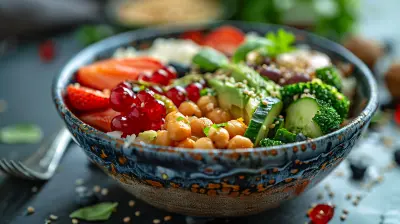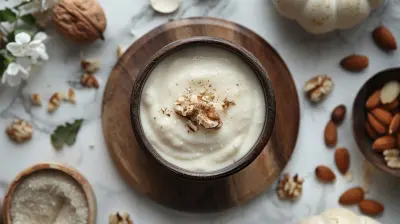How to Incorporate Probiotic Foods into Your Recipes
15 August 2025
Gut health is kind of a big deal these days—and for good reason. A happy gut can equal a happier you. More energy, better digestion, stronger immunity, and even improved mood. And that’s where probiotic foods come in—those naturally fermented, good-bacteria-packed powerhouses that can do wonders for your digestive health.
But let’s be real for a second. You can only eat so much yogurt or drink so much kombucha before it gets a bit... boring. Right?
So, why not make things more delicious—and totally do-able—by incorporating probiotic foods into your everyday meals? From breakfast to dinner (and even dessert), it’s easier than you think to sneak them in without it feeling like a chore.
Ready to give your gut some gourmet love? Let’s dive into how to incorporate probiotic foods into your recipes without turning your kitchen into a science lab.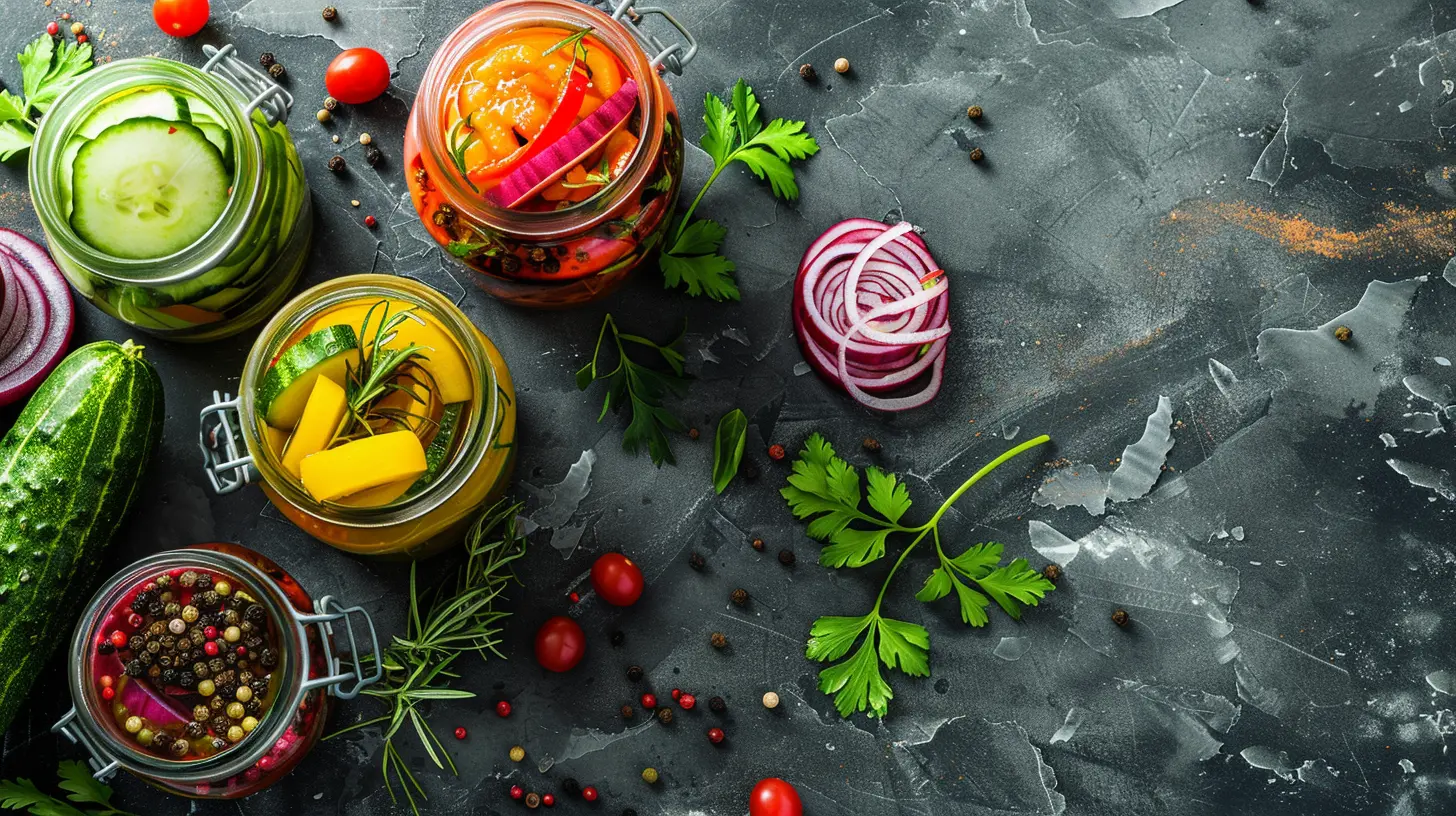
Why Probiotics Matter for Your Health
Before we get into the fun stuff (a.k.a. the recipes), let’s quickly break down what probiotics are and why your gut is basically begging you to eat more of them.Probiotics are live bacteria and yeasts—yep, the good kind—that help keep your gut microbiome balanced. When that ecosystem in your stomach is thriving, it supports proper digestion, strengthens your immune system, helps with nutrient absorption, and even supports brain health thanks to the gut-brain connection.
In short, your gut is more like your second brain than you might think. Feed it well, and it’ll keep you feeling awesome.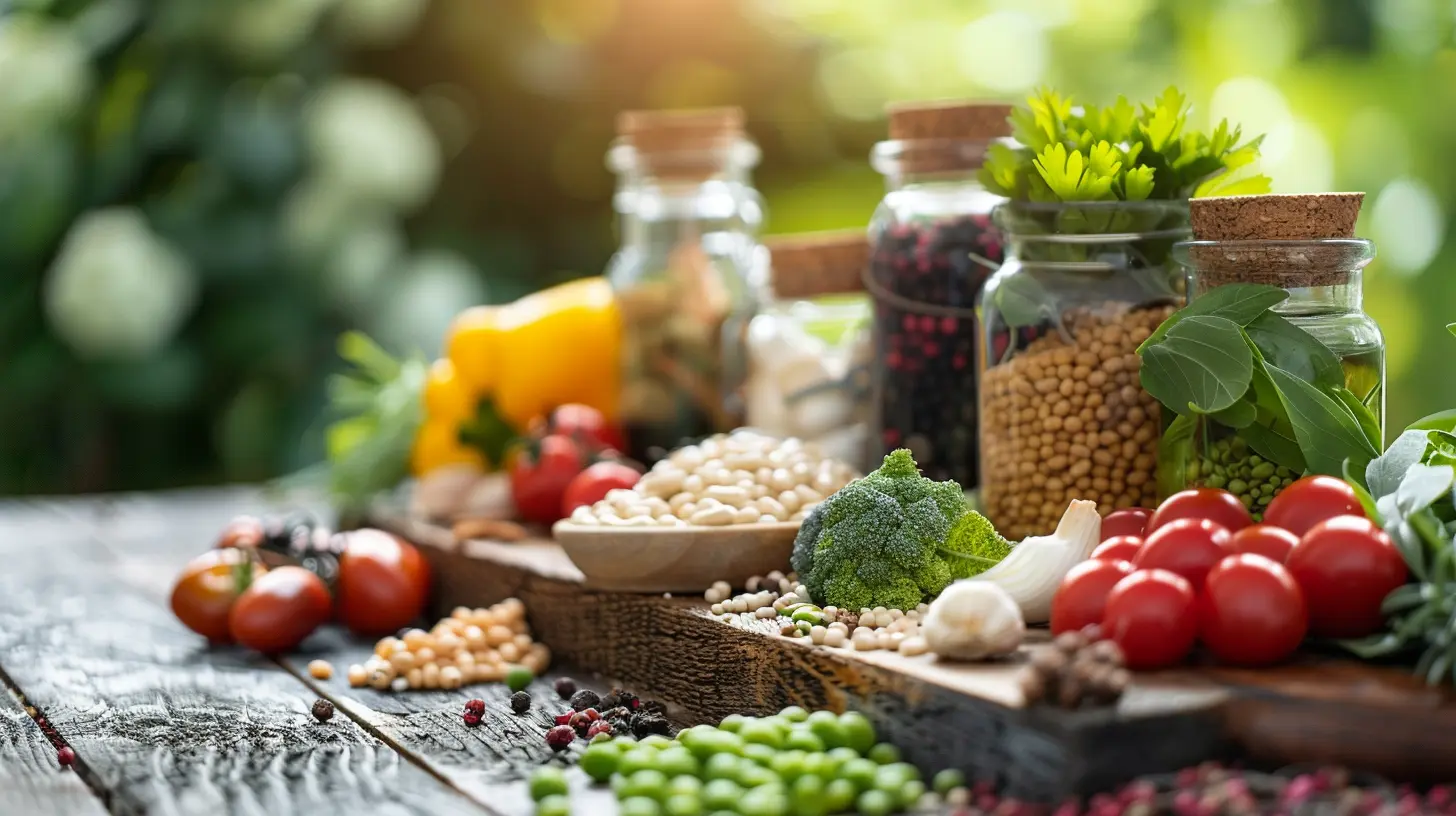
Top Probiotic Foods to Keep in Your Kitchen
Before you start tossing random fermented stuff into your meals, it's good to know which foods actually carry probiotics. Here are some heavy-hitters you’ll want to keep on hand:- Yogurt – Look for “live and active cultures” on the label.
- Kefir – Think of it as drinkable yogurt but even more potent.
- Sauerkraut – The raw, unpasteurized kind (not the shelf-stable canned stuff).
- Kimchi – A spicy Korean take on fermented veggies.
- Miso – A savory Japanese paste made from fermented soybeans.
- Tempeh – A firm, nutty Indonesian soybean cake that’s protein-packed.
- Kombucha – A fizzy fermented tea that’s becoming super trendy.
- Pickles – Only the ones brined in salt water, not vinegar.
- Natto – A strong-smelling Japanese probiotic superstar (an acquired taste, let’s be honest).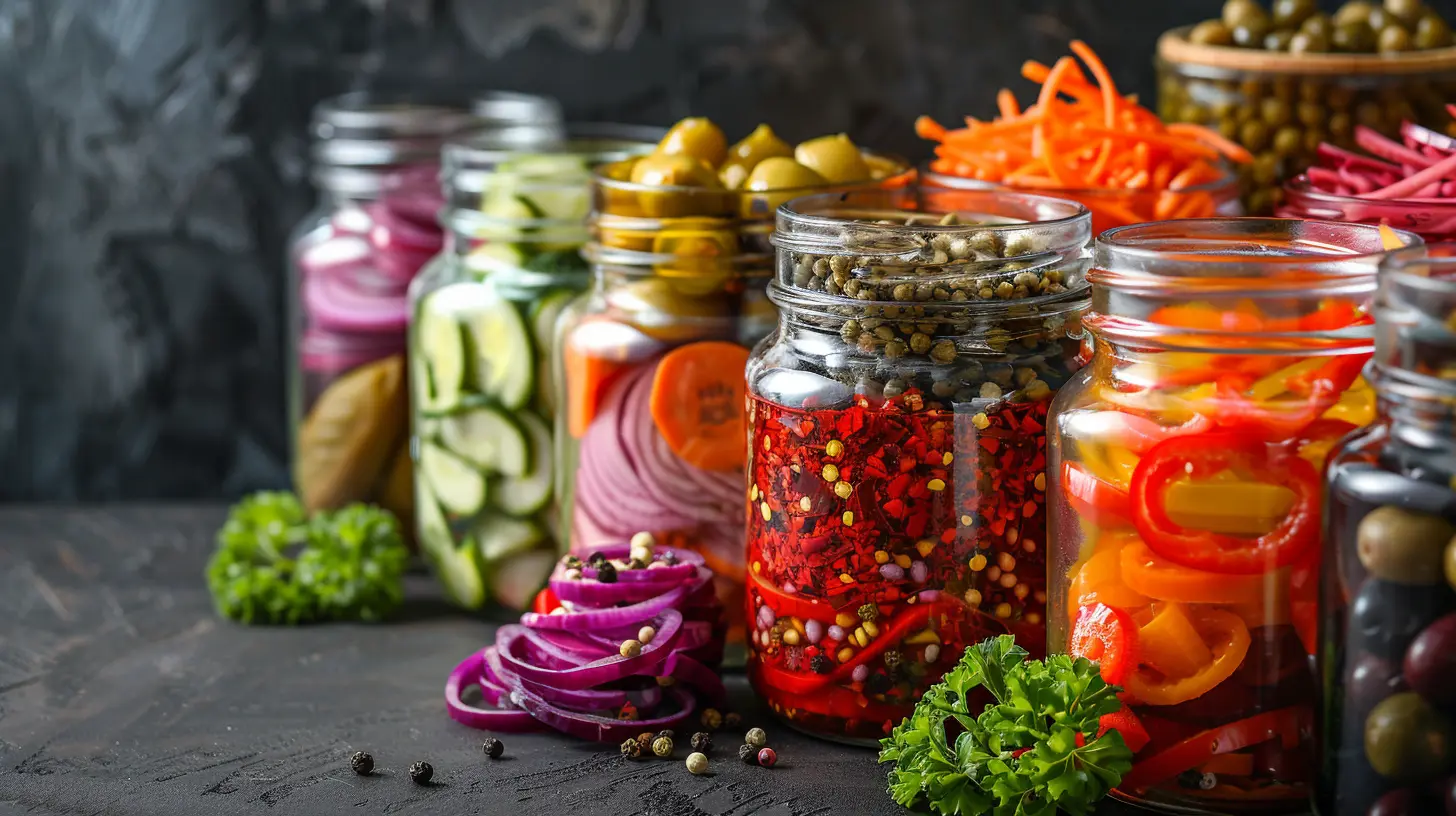
Morning Boost: Adding Probiotics to Breakfast
Mornings set the tone for your entire day, and adding some gut-friendly goodness to your breakfast doesn’t have to be complicated.1. Blend It Up in Smoothies
Toss a scoop of plain yogurt or kefir into your morning smoothie. It adds creaminess and tang while giving your gut a dose of good bacteria. Combine it with fruits like bananas or berries, a handful of spinach, and a teaspoon of flaxseeds for a fiber + probiotic combo your gut will love.Pro Tip: Avoid adding hot ingredients—high heat can kill those beneficial bacteria.
2. Yogurt Parfaits with a Twist
Layer your yogurt with oats, nuts, seeds, and a drizzle of honey. Add some fermented berries (yes, that’s a thing!) or sprinkle with a spoonful of chia for extra fiber and texture.3. Miso in Your Morning Eggs? Why Not!
It might sound odd, but a tiny spoonful of miso mixed into scrambled eggs adds a rich umami flavor. Just remember, miso is sensitive to high heat, so stir it in at the end after the heat’s off.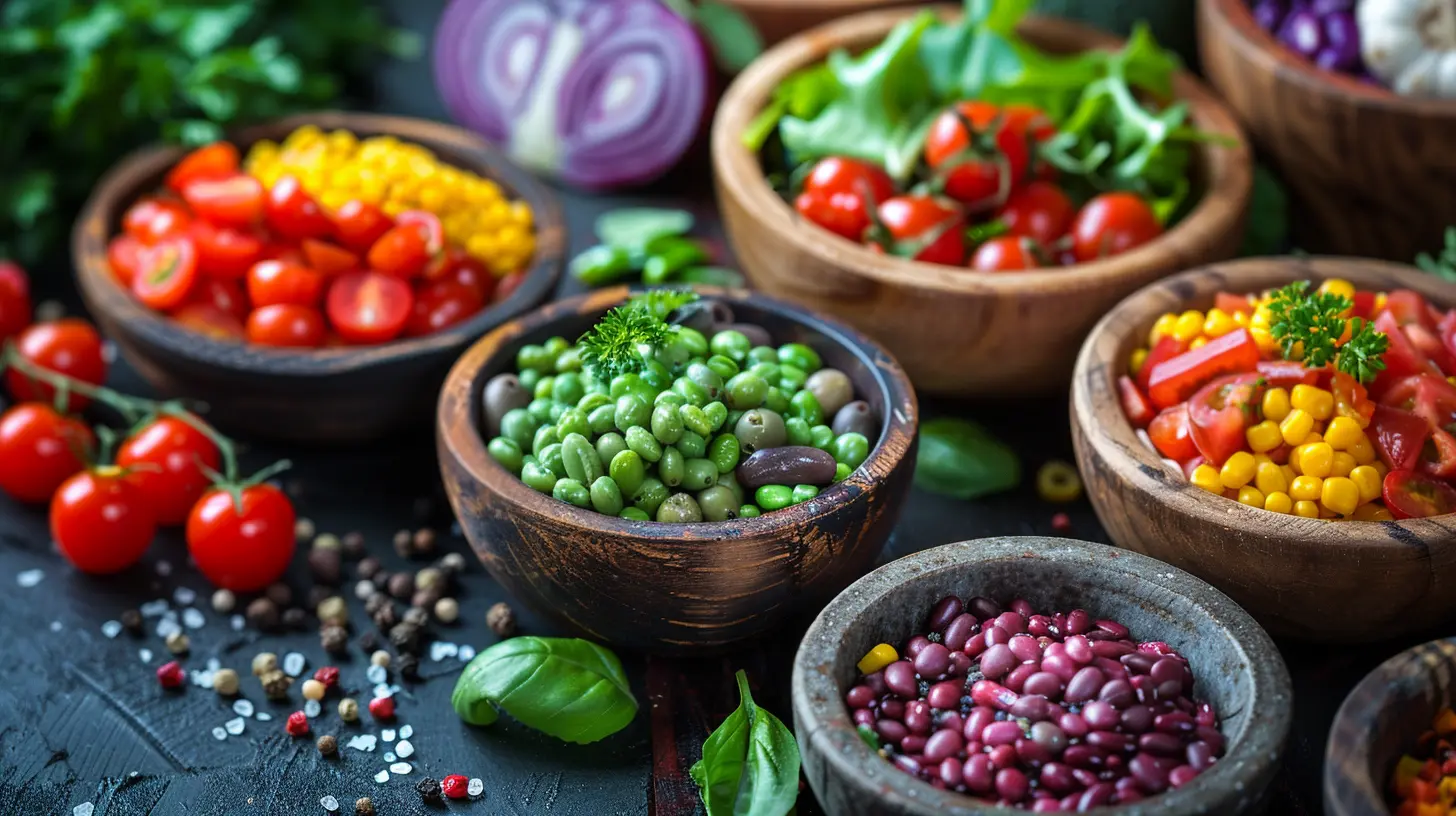
Lunchtime Upgrades: Probiotics that Don’t Feel Like a Science Experiment
Lunchtime doesn’t have to mean a sad sandwich or boring salad. Let’s mix things up while feeding those valuable gut bugs.1. Fermented Veggie Salads
Top your salads with raw sauerkraut or a spoonful of kimchi. They add crunch, tang, and a zesty kick that makes boring greens exciting again.You can also toss a bit of brine from your kraut or pickles into your vinaigrette—it adds punchy flavor and beneficial microbes, win-win.
2. Probiotic-Packed Wraps
Swap out condiments like mayo for a spoonful of plain yogurt, kefir cheese, or even miso spread. Then pile on protein, veggies, and maybe a bit of raw fermented pickle or cabbage. Roll it up and you’ve just made your gut extremely happy.3. Tempeh Bowls
Grill or pan-fry slices of tempeh (just enough to warm it) and add them to a grain bowl with rice, avocado, sprouts, and pickled carrots. Drizzle with a miso-tahini dressing and BOOM—flavor meet function.Dinner Delights: Warming Meals With a Gut-Friendly Twist
Dinner is where things can get cozy and comforting—without compromising your probiotic goals.1. Add Fermented Sides
Pair your main dish with small portions of fermented sides. For example:- A scoop of kimchi alongside your stir-fry.
- Some sauerkraut with your roast.
- Fermented pickles or curtido (a Latin American fermented slaw) with your taco night.
2. Miso Magic in Soups
Whisk miso into your soup right before serving (don’t simmer it—hot liquids can kill its probiotic benefits). It works like a charm in broths, noodle bowls, and even stews to deepen flavor and sneak in those good bacteria.3. Tempeh Stir-Fry (Lightly Cooked)
If you’re using tempeh in stir-fries, try to add it near the end or just lightly heat it. Overcooking can reduce the probiotic benefits, though it still keeps most of its nutritional value.Probiotic Snacks? Yes, Please.
Snacking doesn’t have to mean reaching for chips or candy. Here are a few probiotic-filled options that’ll satisfy your cravings and help your digestive system thrive:- Kefir Smoothie Shots – Make small kefir smoothies to sip mid-afternoon.
- Fermented Veggie Chips – DIY dehydrated fermented veggies can be crunchy and oh-so-addictive.
- Yogurt Dip with Veggies – Mix Greek yogurt with dill and garlic for a killer probiotic dip.
- Kombucha Mocktails – Pour kombucha over ice with a splash of lime for a fancy-feeling refreshment.
Wait, Can Probiotics Survive Cooking?
Yes... and no. It depends.Probiotic strains are living organisms. Exposing them to high heat (like boiling or baking) can kill off many of the beneficial bugs. 🙁 But that doesn’t mean all is lost. Even heat-killed probiotics have shown to have some health benefits in studies, and fermented foods often still retain their enzymes, acids, and nutrients.
Best practice: Add probiotic ingredients at the end of cooking, or enjoy them raw or lightly heated.
Clever Ways to Store and Use Fermented Foods
You’ll want to treat your probiotic-rich foods kindly.- Keep them cold – Refrigeration helps keep those cultures alive.
- Use clean utensils – Contaminating your fermented jars with dirty spoons can lead to spoilage.
- Check expiration dates – Active cultures fade with time, so keep an eye on freshness.
Make a habit of rotating your probiotic staples so nothing goes to waste, and you always have something tasty on hand.
Making Your Own Fermented Foods (It’s Easier Than You Think!)
Wanna play mad scientist in the kitchen? Try making your own fermented goodies. Not only is it super satisfying, but you'll also have total control over what goes inside. Plus, they’re budget-friendly!A Few Easy DIY Ideas:
- Homemade Sauerkraut – Just cabbage, salt, and time.- Quick Pickled Veggies – Go for a saltwater brine instead of vinegar.
- Water Kefir or Kombucha – A fun project for the adventurous (and patient) foodie.
There’s something kind of magical about watching your own fermented food come to life. It’s like a chemistry experiment you can eat—and your gut will thank you for it.
Final Thoughts: Make It a Habit, Not a Hassle
Taking care of your gut doesn’t mean overhauling your diet or downing spoonfuls of sauerkraut like it’s medicine. It's about gently weaving these powerful, probiotic-rich foods into your everyday meals.Start small. Add a spoonful of kraut here, a drizzle of kefir there. Turn your yogurt into art with layers of fruit and nuts. Make your kombucha sparkle in a fancy glass to make it feel like a treat, not a tonic.
Building habits around gut-friendly foods doesn’t have to be intimidating or inconvenient. Once you get the hang of balancing taste and nutrition, you’ll wonder how you ever lived without them.
So go ahead—ferment your food, elevate your meals, and feed those fabulous gut bugs. Your body (and your taste buds) will high-five you for it.
all images in this post were generated using AI tools
Category:
Healthy CookingAuthor:

Madeline Howard
Discussion
rate this article
1 comments
Megan Lynch
Incorporating probiotic foods into your recipes is a delicious way to boost gut health! Try adding yogurt to smoothies, kimchi to stir-fries, or kefir in salad dressings for a tasty, nutritious upgrade to your meals.
August 31, 2025 at 3:18 PM

Madeline Howard
Thank you! I’m glad you find these suggestions helpful for enhancing gut health through delicious meals!
